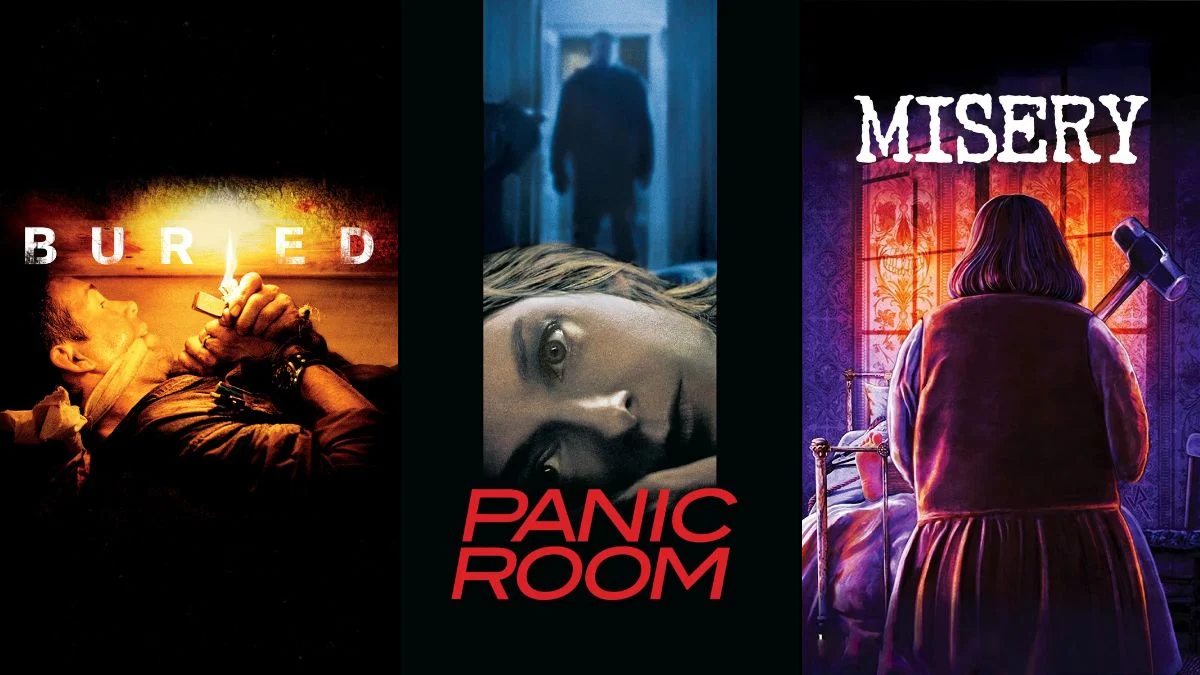
Frequently, movies use situations where characters are isolated from assistance or knowledge to progress the storyline. However, in today’s day and age, a simple smartphone might easily solve those narrative mysteries within mere minutes.
I selected 12 movies whose stories rely heavily on the absence of contemporary technology. In the hands of a smartphone, these narratives could unravel more swiftly than it takes to send a message.
12. Home Alone (1990)
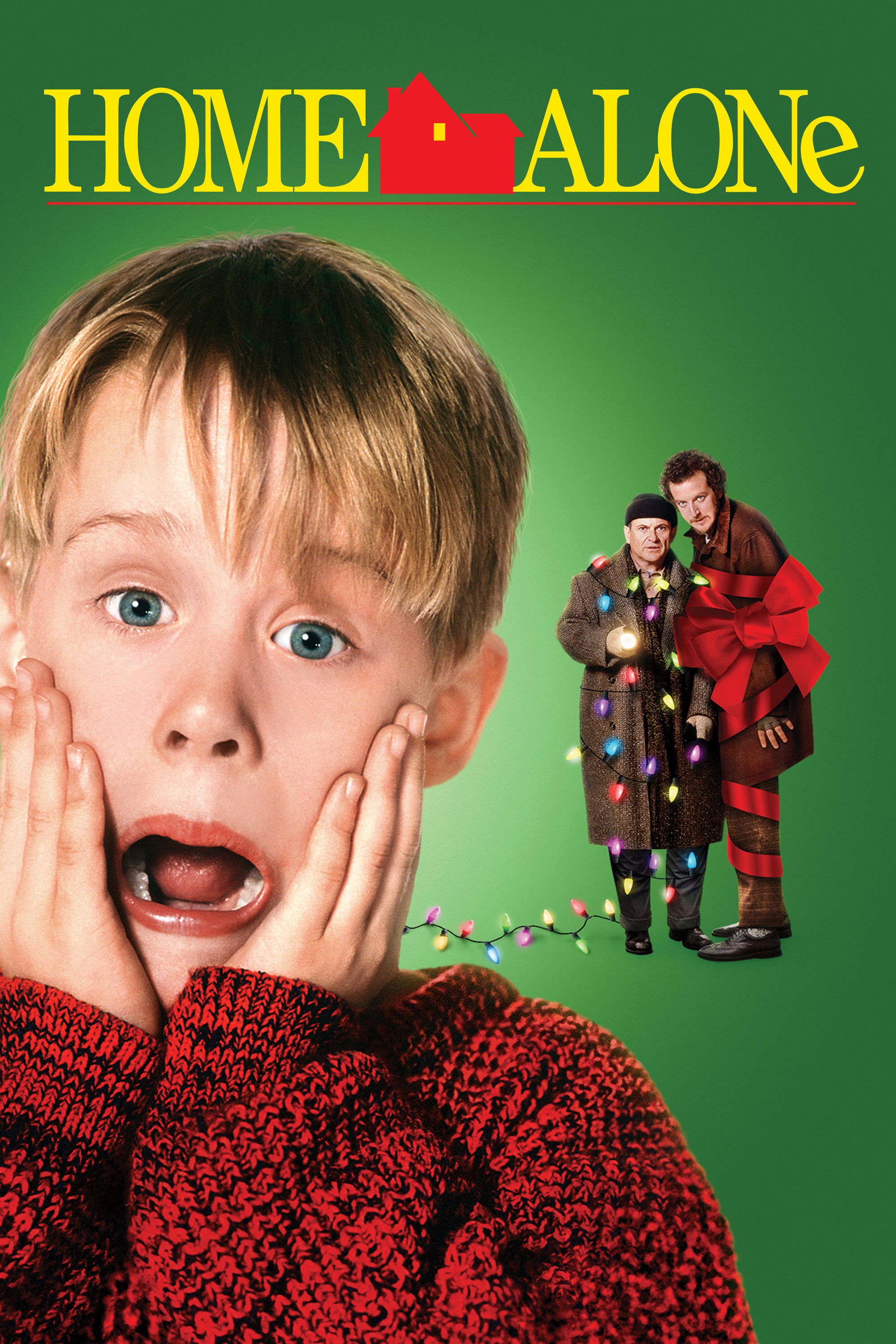
In the movie ‘Home Alone’, young Kevin (played by Macaulay Culkin) unintentionally gets left at home while the rest of his family embarks on a trip to Paris. As they try to reach him from overseas, Kevin has to deal with burglars all by himself.
As a movie-loving guy, I’d say, “Having my phone handy would allow my mom to reach me in an instant or pinpoint my whereabouts. If a situation ever arises where I need help, all it takes is a quick text to 911, and the burglars’ scheme would be foiled.
11. The Blair Witch Project (1999)
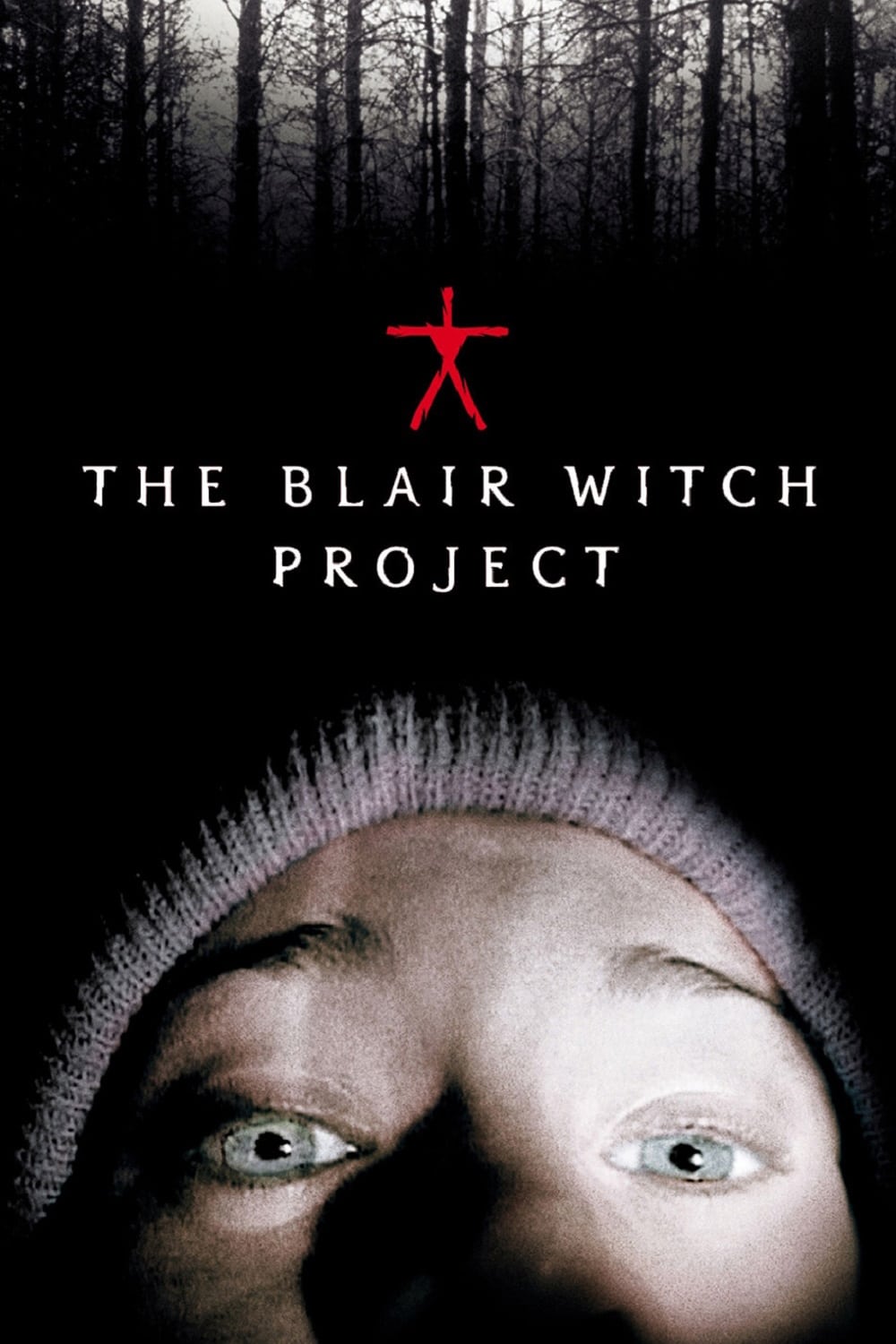
‘The Blair Witch Project’ tells the story of three filmmakers venturing into a forest believed to be haunted, cutting off all communication with the outside world. The events are documented on their camcorder, primarily through the lens of Heather (Heather Donahue), as they experience escalating fear and distress.
Using a smartphone’s GPS, they could navigate their escape within a few hours. A swift phone call to the authorities would bring an end to the unsettling situation before it escalated further.
10. Cast Away (2000)
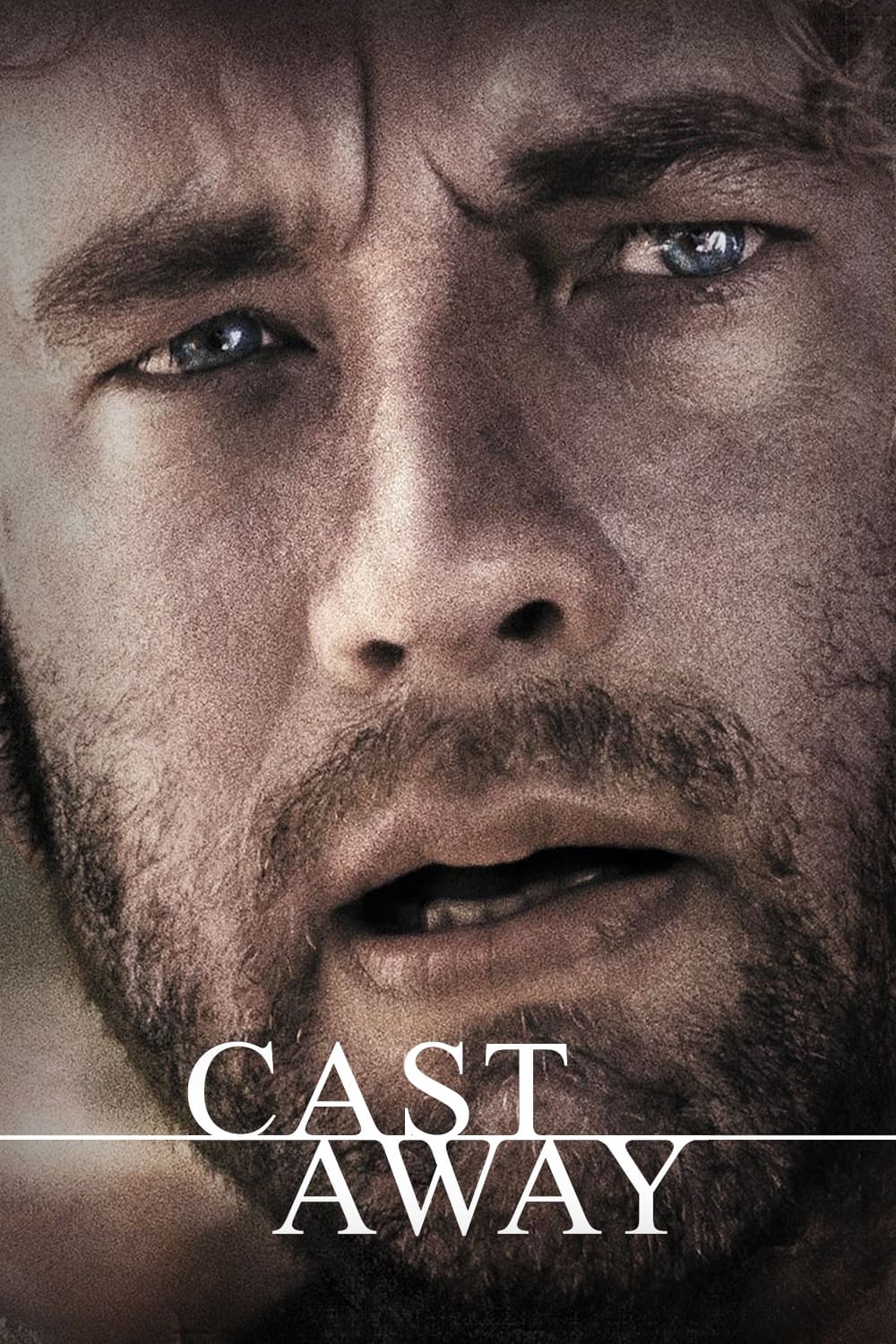
In the movie ‘Cast Away’, the character played by Tom Hanks, named Chuck Noland, finds himself isolated on an island following a plane accident. For several years, he struggles to exist independently, unable to communicate or seek assistance.
With a smartphone equipped for satellite communication, Chuck could immediately transmit an SOS signal. This would significantly reduce his wait time from years to just a few days, thus bypassing any prolonged “coconut radio” situations.
9. Panic Room (2002)
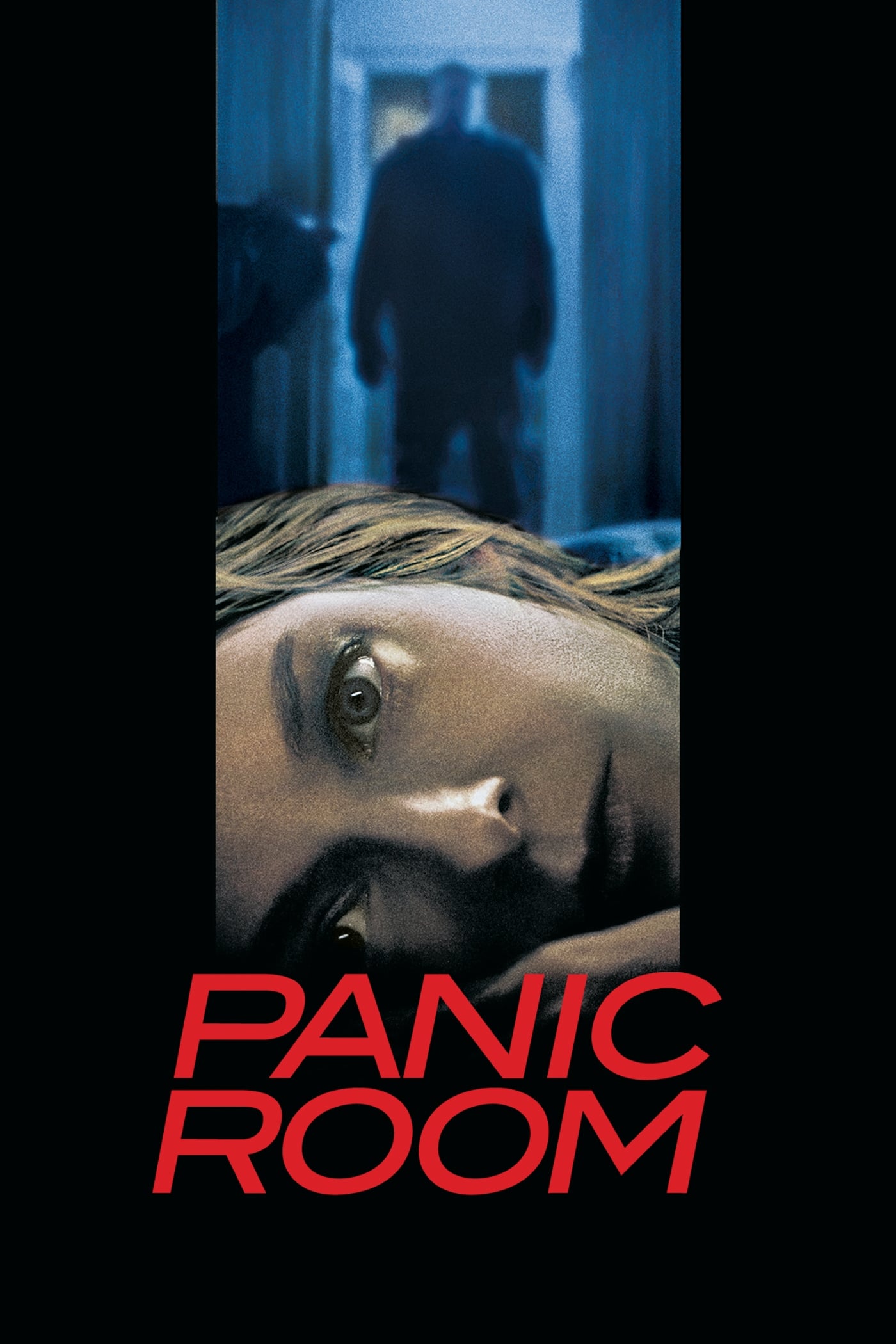
In the thriller ‘Panic Room’, character Meg, played by Jodie Foster, along with her child, find themselves seeking refuge in a fortified space to avoid unwanted visitors. Unfortunately, they’re isolated, as they can’t contact anyone for assistance due to the absence of a phone line.
Using a smartphone, Meg could quickly call emergency services (911). This action would promptly bring law enforcement to her residence, ensuring that any intruders, similar to Forest Whitaker’s character Burnham, would be apprehended swiftly.
8. Misery (1990)
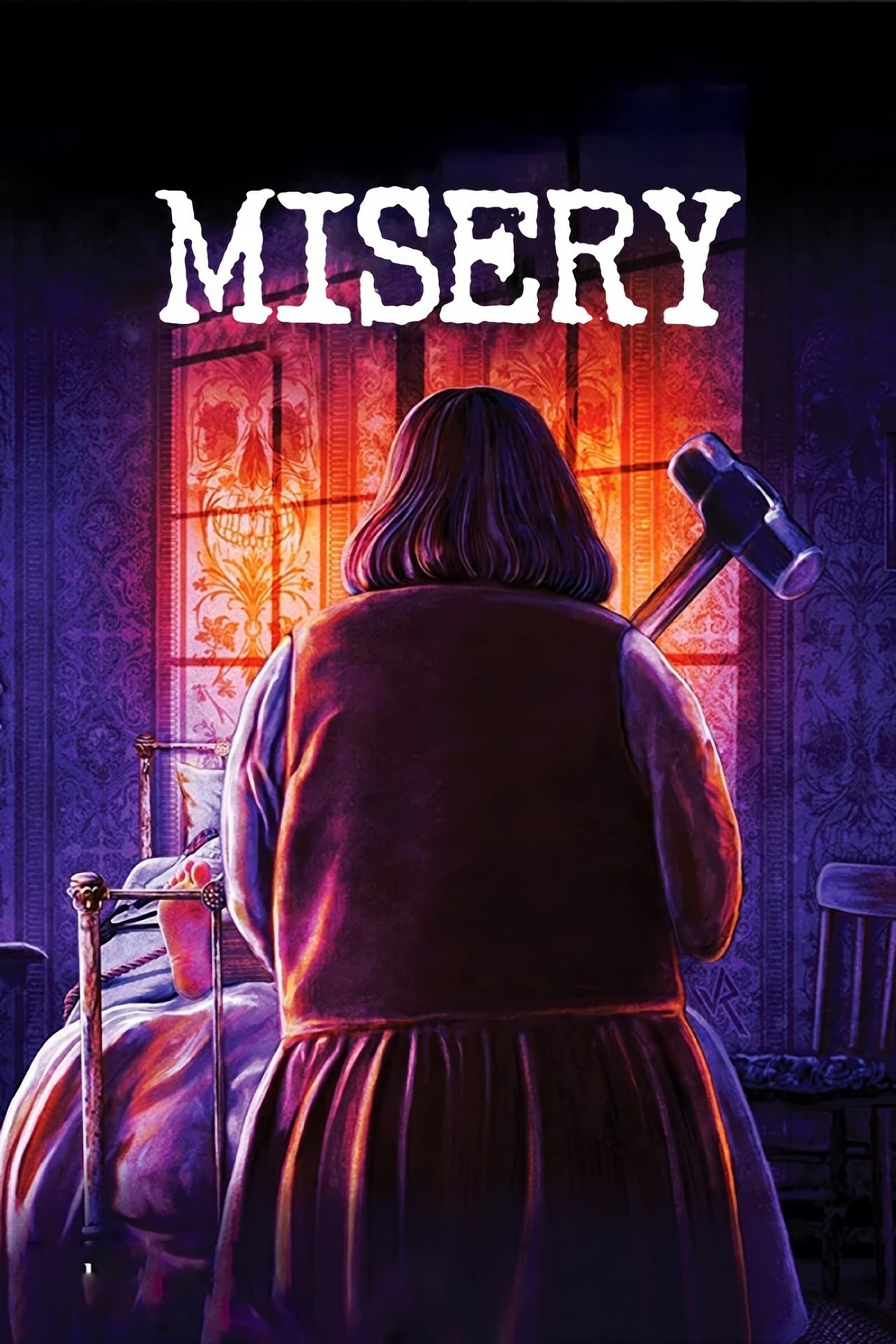
‘Paul Sheldon (James Caan), the writer trapped in misery, finds himself under the control of his overzealous admirer, Annie (Kathy Bates), within the confines of her home. After suffering a broken leg and being without a phone, he’s left entirely at her discretion.’
Using a mobile phone, Paul can send a message for assistance or share his location digitally. In just a moment, Annie’s questionable caregiving could come to an abrupt end with a swift emergency phone call.
7. 127 Hours (2010)
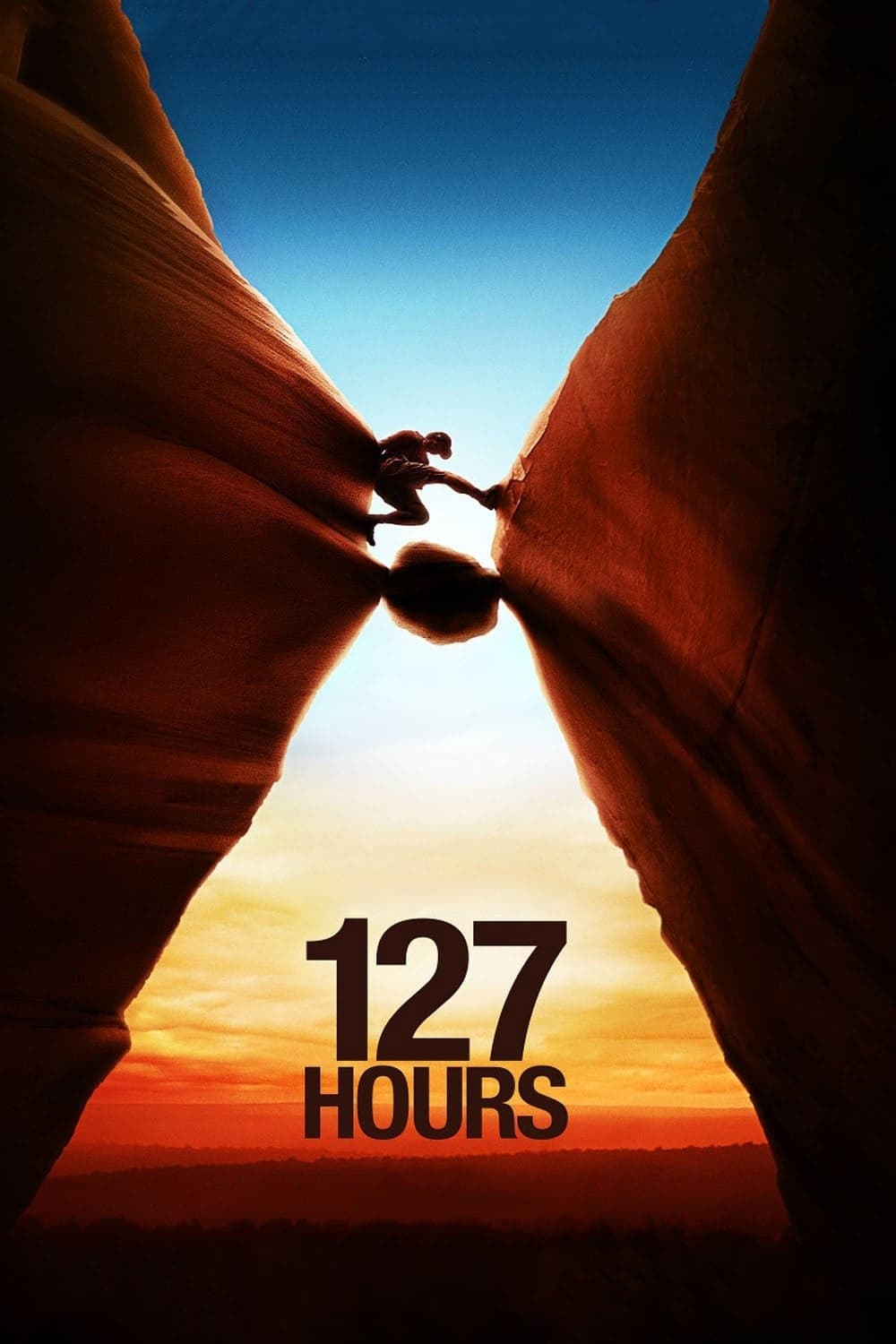
In the movie ‘127 Hours’, portrayed by James Franco as Aron Ralston, finds himself trapped under a large rock in a secluded canyon. Unable to summon aid, he endures for several days with no means of escape.
In just a few hours, help could reach Aron by using the GPS on his phone or making one phone call. His harrowing experience wouldn’t have to turn into a lengthy survival story.
6. The Village (2004)
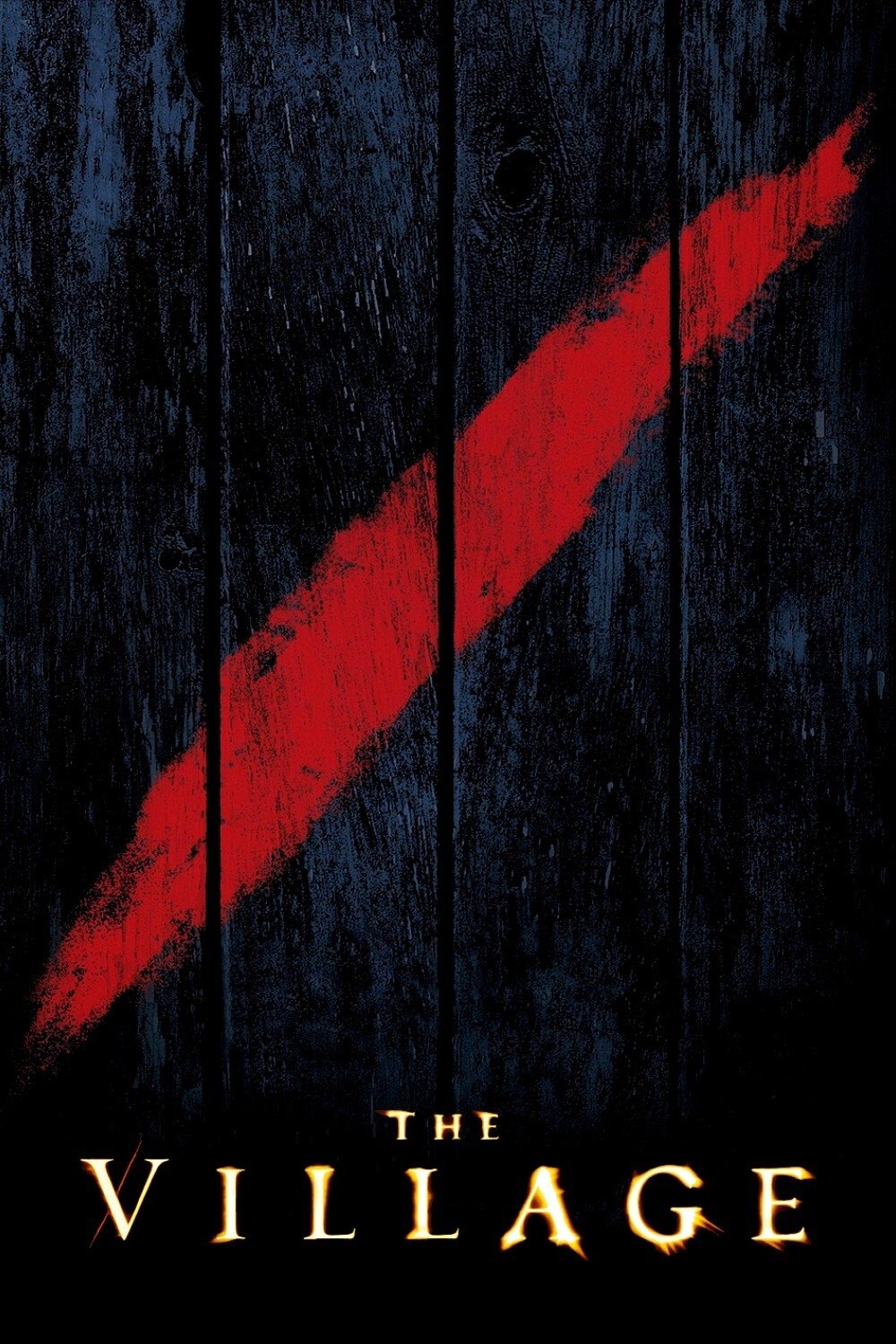
In the 19th-century settlement known as ‘The Village’, the residents, including leaders such as William Hurt, live secluded from the rest of the world, harboring a deep-rooted fear of monsters. However, it is later unveiled that they are not living in the past; instead, they have been intentionally cut off from modern times.
In simple terms, a smartphone quickly connects today’s world to the internet or GPS, revealing information instantly. This means that an elder’s secrets could be easily discovered if someone searches for their location online.
5. Duel (1971)
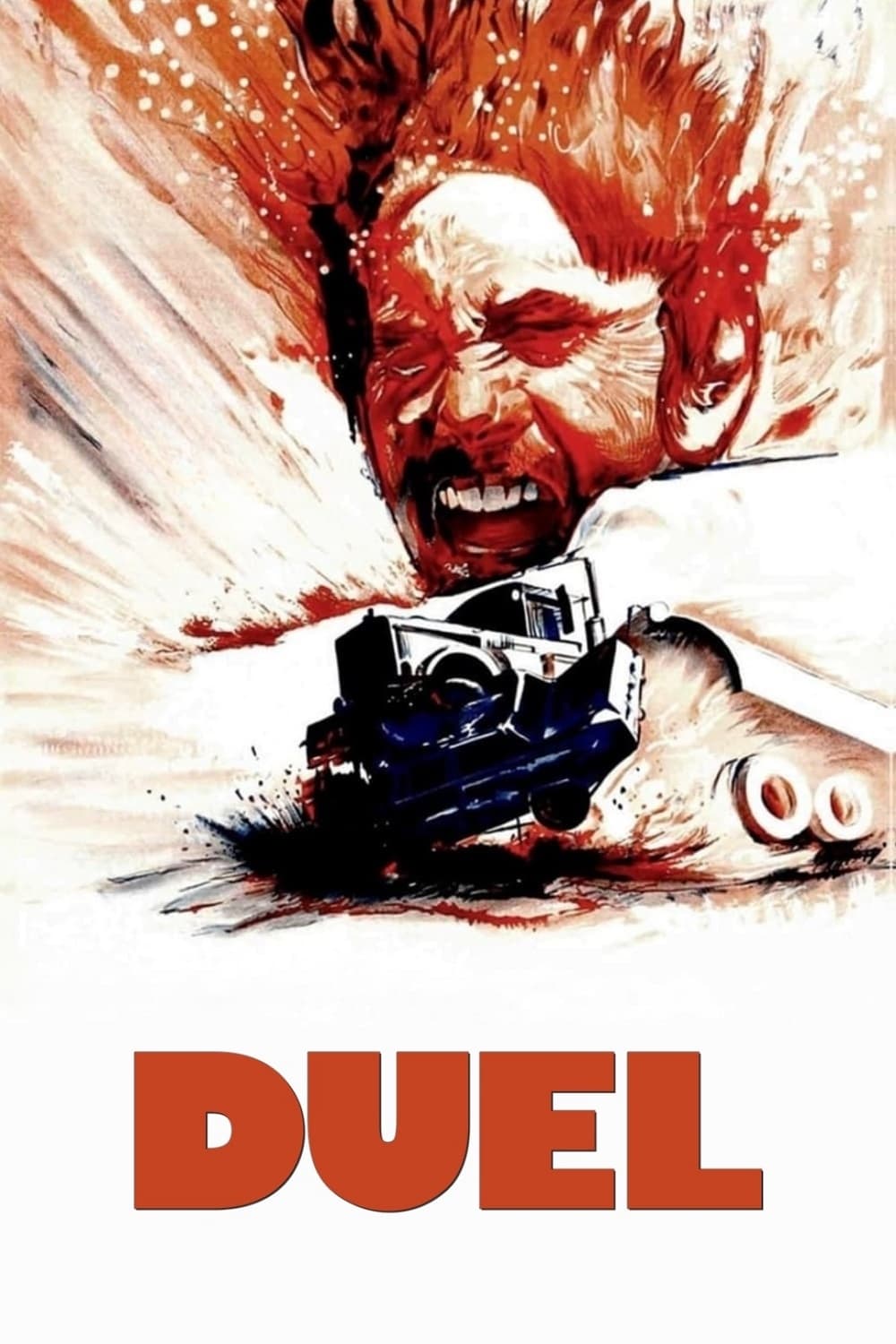
In ‘Duel’ by Steven Spielberg, a character named David Mann, played by Dennis Weaver, finds himself pursued relentlessly by an enigmatic truck driver over desolate highways. With no means to ask for assistance or discover his assailant’s identity, David must use all his wit and resourcefulness to escape the dangerous situation.
Using his smartphone, David could make a call to the police or take a picture of the truck’s license plate number. The pursuit would come to an immediate halt upon making a swift emergency call to 911.
4. Buried (2010)
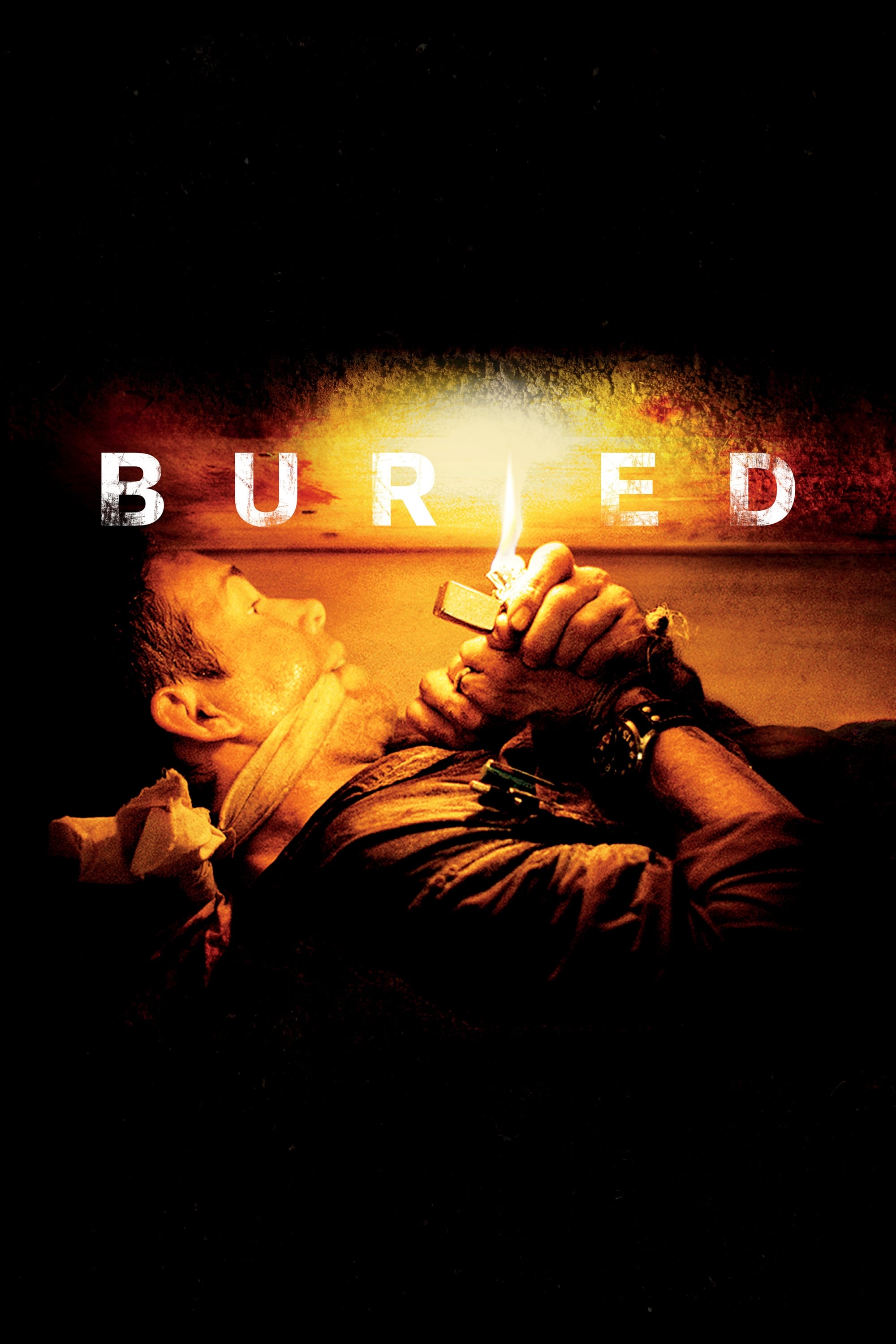
In ‘Buried’, the character Paul Conroy, played by Ryan Reynolds, finds himself entombed six feet under, surrounded by nothing but a diminishing lighter and a nearly dead cellphone. His desperate attempts to reach aid are intensified as the clock ticks down on his dwindling oxygen supply.
With a GPS-equipped mobile phone, his location could be precisely identified by the rescuers. All it takes is one phone call or text to summon assistance, effectively bringing an end to his ordeal within hours.
3. Wait Until Dark (1967)
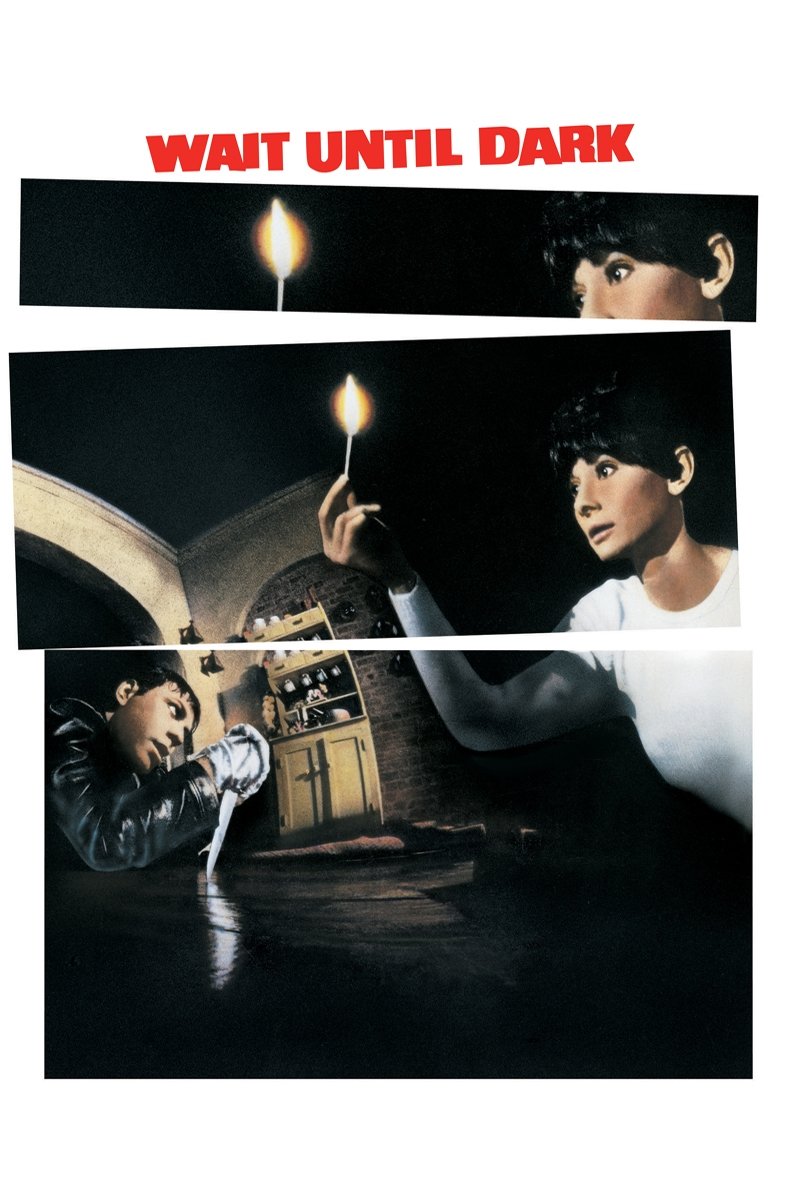
In the film ‘Wait Until Dark’, the character Susy, played by Audrey Hepburn, finds herself trapped and terrified within her own apartment. Surrounded by villains, led by Alan Arkin, she’s in a precarious situation, unable to seek assistance as there is no means of communication available to her.
Using a smartphone, Susy can easily call emergency services or utilize a voice assistant for assistance, thus thwarting the criminals’ plan before it progresses too far.
2. Rear Window (1954)
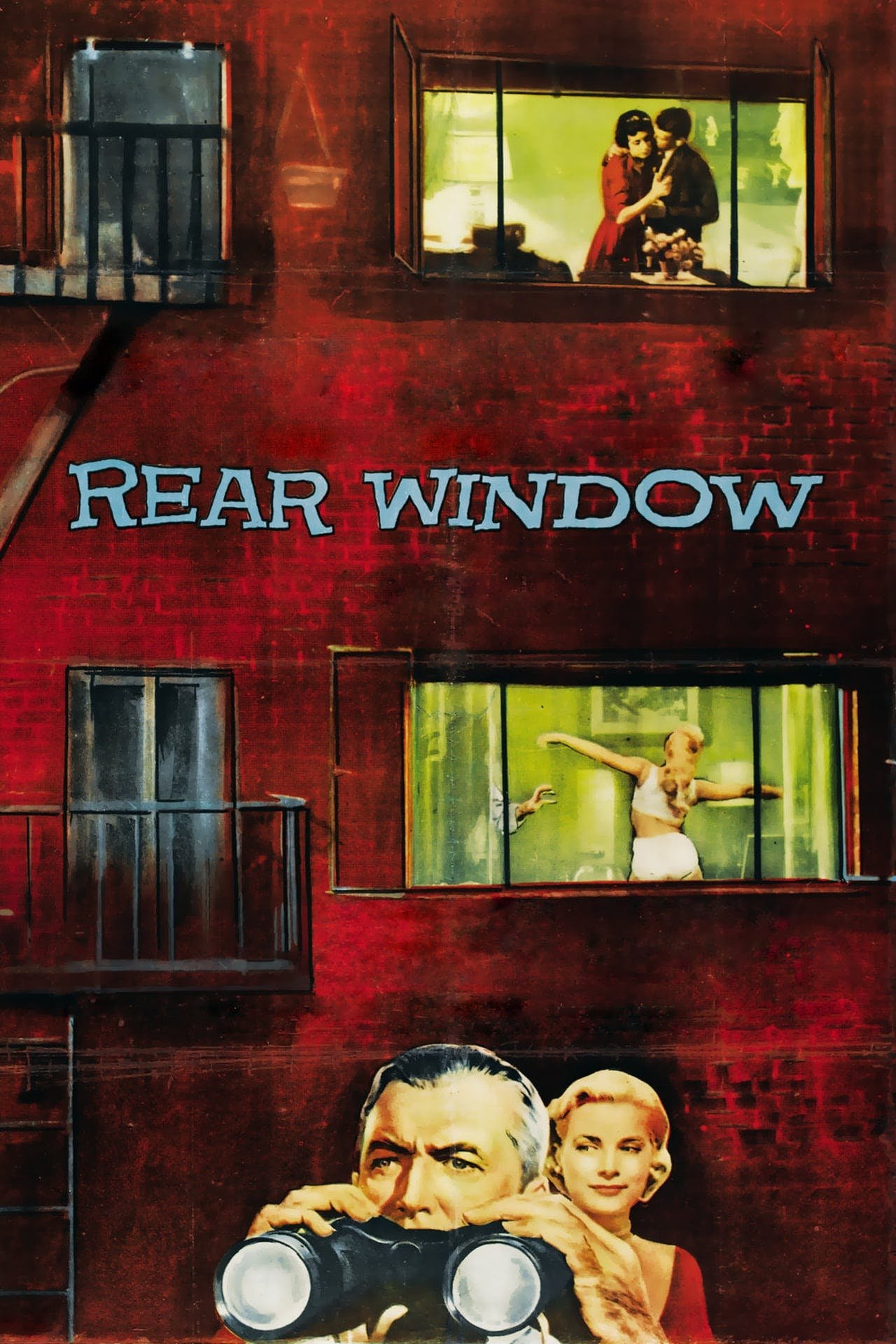
‘Rear Window’, finds Jimmy Stewart’s character Jeff, wheel-bound due to a fractured limb, harboring suspicions about his neighbor committing a murder. With limited means of contact, he resorts to using binoculars for observation and patiently communicating at a snail’s pace.
With a smartphone, Jeff could easily dial the police or capture a crime happening outside his window by recording a video. In essence, this single action would wrap up his detective duties swiftly.
1. Rope (1948)
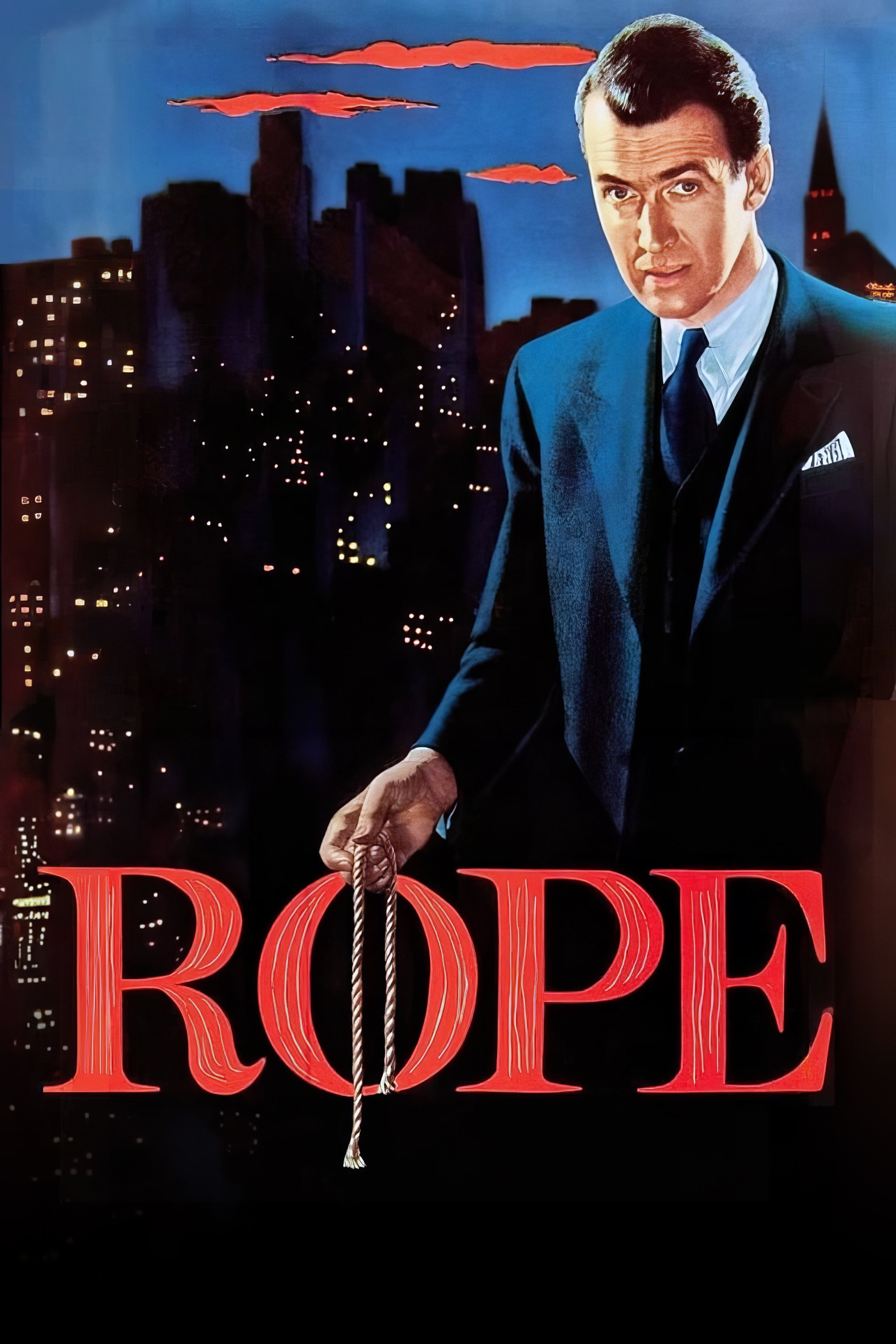
Alfred Hitchcock’s ‘Rope’ revolves around two individuals, John Dall and Farley Granger, who conceal a corpse while hosting a dinner gathering. The suspense arises as none of the guests seem to suspect anything or alert authorities.
A guest could discreetly send a message to the police using their smartphone if they noticed strange behavior, thereby potentially thwarting the criminals’ carefully planned crime even before the dessert course had begun.
Read More
- Bitcoin’s Ballet: Will the Bull Pirouette or Stumble? 💃🐂
- XRP’s Soul in Turmoil: A Frolic Through Doom & Gloom 😏📉
- ‘Jujutsu Kaisen’ Season 3 to Kick Off with Double Episode Premiere – Watch the Trailer
- 🚀 Doge’s Zero-Hour: Will It Go From Hero to Zero? 😱
- Deepfake Drama Alert: Crypto’s New Nemesis Is Your AI Twin! 🧠💸
- Dogecoin’s Big Yawn: Musk’s X Money Launch Leaves Market Unimpressed 🐕💸
- H World Group’s 49% Surge: A Fund’s Petty Victory
- RLUSD’s $1B Triumph: A Tale of Trust, Tea, and Tokens! 🕊️💸
- Market Reflections: AI Optimism and Inflation Data Propel Stocks on December 19
- Swap Kraft Heinz for Costco: A Wodehousian Investment Tale 🍌
2025-07-16 17:44